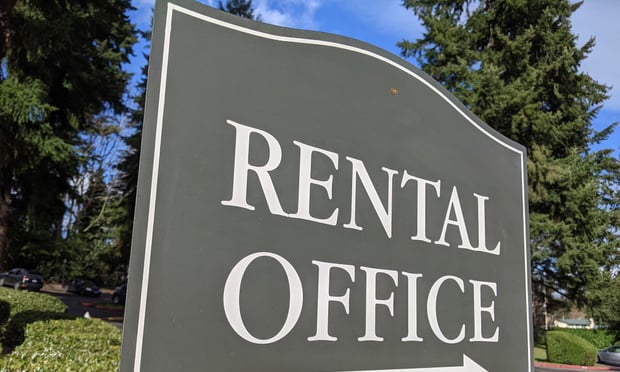The following column is from Gino Sabatini, W. P. Carey head of investments. W. P. Carey is a GlobeSt.com Thought Leader. The views expressed are the author's own.
Need liquidity? Why now is the time for companies to pursue a sale-leaseback
As uncertainty in the economy prevails due to the ongoing COVID-19 pandemic many companies are facing a stark reality: limited working capital and an unfavorable lending environment paired with volatility in the capital markets. As a result, companies are looking for alternative sources of financing to shore up the liquidity they need to continue to grow their business.
For companies that own critical operating assets, sale-leasebacks are an efficient long-term capital solution. In a sale-leaseback, a company sells its real estate to an investor for cash and simultaneously enters into a long-term lease. In doing so, they realize the full market value of their asset to redeploy into their core business operations, while retaining operational control of their facility.
Although the economy may be uncertain, the good news is there has never been a better time for companies to pursue a sale-leaseback due to a variety of factors.
- Low interest rates: The Fed's recent announcement of keeping interest rates at low levels through 2021 has expanded the reasons that make sale-leasebacks attractive. First, it signals the durability of cap rates, increasing buyer and seller confidence by closing the bid-ask spread gap that widened at the onset of the pandemic. Second, companies that pursue a sale-leaseback in a low interest rate environment can realize a higher sale price and lock in favorable long-term rates – enabling them to maximize the value of their real estate assets.
- Tightened debt markets: Traditional sources of lending continue to dry up as lenders grow more risk averse. When lenders do offer a loan, it is often at a reduced loan-to-value ratio with added restrictive covenants. In addition, many companies have suffered pandemic-induced credit downgrades, making it difficult for them to adequately access the public markets. In light of these factors, a sale-leaseback is a great alternative as companies can realize the full value of their assets and avoid unfavorable lending terms.
- Immediate access to capital: For growing companies, sale-leasebacks are a great financing tool to take advantage of the current market and access capital to realize growth objectives. Companies can strategically use capital realized from a sale-leaseback to invest in new acquisitions, expansions and investments in new equipment, technology and automation.
- Additional tax benefits: Sale-leasebacks make it possible for companies to realize immediate tax benefits versus other forms of financing, based on their specific facts and tax classification. If certain requirements are met, rental payments can be fully deductible, whereas other forms of traditional debt could be subject to interest deductibility limitations.
It's important to note that sale-leasebacks are long-term deals anywhere from 10 to 30 years, so choosing the right partner is critical. Sellers should look for a well-capitalized and experienced investor that can ensure a smooth and efficient sale process to help their company realize the capital they need to pay down debt, improve their balance sheet and invest in growth initiatives – ultimately enabling them to not only survive, but thrive, in the years to come. Learn more at www.wpcarey.com/sale-leasebacks.
© 2025 ALM Global, LLC, All Rights Reserved. Request academic re-use from www.copyright.com. All other uses, submit a request to [email protected]. For more information visit Asset & Logo Licensing.









